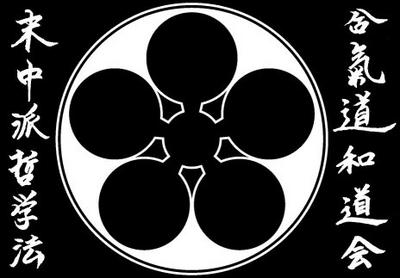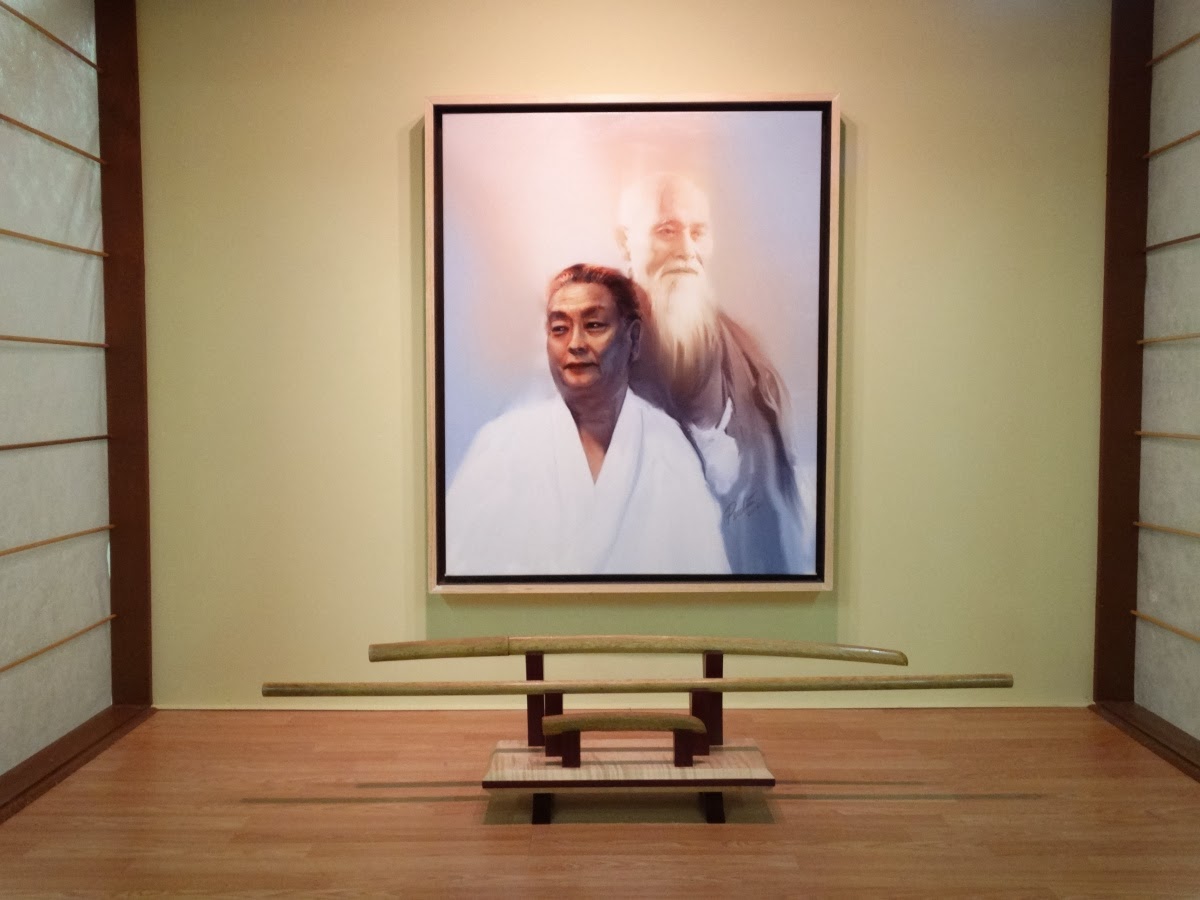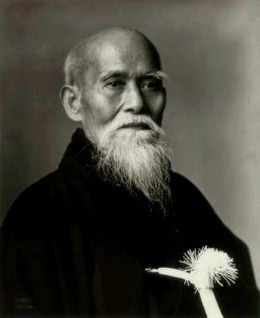Our Style of Aikido
 It is deeply gratifying and an honor to be one of only two dojos authorized in Georgia to teach
Suenaka-Ha Tetsugaku Ho (Suenaka Style, Philosophical Method)
Aikido. The second affiliate dojo is Suenaka-Ha Aikido of Atlanta. We are members of Wadokai
(Peaceful Way Society) and the American International Ki Development and Philosophical
Society, founded by Roy Y. Suenaka Soke.
It is deeply gratifying and an honor to be one of only two dojos authorized in Georgia to teach
Suenaka-Ha Tetsugaku Ho (Suenaka Style, Philosophical Method)
Aikido. The second affiliate dojo is Suenaka-Ha Aikido of Atlanta. We are members of Wadokai
(Peaceful Way Society) and the American International Ki Development and Philosophical
Society, founded by Roy Y. Suenaka Soke.
Suenaka Ha Tetsugaku Ho
We have the unique opportunity to experience a direct relationship with one who
has devoted the majority of his life to the diligent study of the martial arts --
with over 50-years dedicated to the Art of Aikido. During the course of the year,
numerous events are held throughout the Wadokai organization; winter and summer camps,
 seminars, testing, and other gatherings which permit our students an up-close training
experience under the vigilant and guiding direction of Sensei himself. An unassuming
and personable teacher that is deeply respected, he freely shares his vast wealth of
knowledge through his tireless martial teaching throughout our organization. All that
he asks is a sincere attitude toward learning. Just as O’Sensei was considered a
living national treasure in Japan, Suenaka Sensei is equally considered a treasure –
a priceless treasure, to those of us who have the unique privilege of calling him "Our Sensei".
Suenaka-ha Tetsugaku-ho (Suenaka style, philosophical way) Aikido is a synthesis of
Founder Morihei Ueshiba O’Sensei’s Aikido and that of Shin-Shin Toitsu Aikido founder
Koichi Tohei Sensei. It is a system of self-defense designed to be street-effective,
while paying equal attention to spiritual, mental and moral/ethical development.
seminars, testing, and other gatherings which permit our students an up-close training
experience under the vigilant and guiding direction of Sensei himself. An unassuming
and personable teacher that is deeply respected, he freely shares his vast wealth of
knowledge through his tireless martial teaching throughout our organization. All that
he asks is a sincere attitude toward learning. Just as O’Sensei was considered a
living national treasure in Japan, Suenaka Sensei is equally considered a treasure –
a priceless treasure, to those of us who have the unique privilege of calling him "Our Sensei".
Suenaka-ha Tetsugaku-ho (Suenaka style, philosophical way) Aikido is a synthesis of
Founder Morihei Ueshiba O’Sensei’s Aikido and that of Shin-Shin Toitsu Aikido founder
Koichi Tohei Sensei. It is a system of self-defense designed to be street-effective,
while paying equal attention to spiritual, mental and moral/ethical development.
Aikido, says Suenaka Sensei, is a subtle art. O’Sensei alone possessed the command of ki (spiritual energy) required to perform Aikido technique in the seemingly effortless and often preternatural manner which was the Founder’s hallmark. His martial prowess and spiritual evolution, well-documented in numerous films, has earned him the distinction, even among practitioners of other budo, of the greatest martial artist who ever lived.
Aikido, insists Suenaka Sensei, is neither expressly physical nor spiritual – rather, it is both. Aikido should be as the Founder envisioned it: a way to effectively and decisively defend oneself from attack while preserving and respecting the attacker; a path both martial and spiritual, not one or the other.
Suenaka-ha Tetsugaku-ho (Suenaka style, philosophical method) Aikido is a synthesis of Morihei Ueshiba, the
founder of Aikido, and Koichi Tohei, the founder of Shin-Shin Toitsu Aikido.
Following his disassociation from both the International Ki Society and the Aikikai Hombu, Suenaka Sensei
created Suenaka-ha Tetsugaku-ho Aikido in order to reunite the martial and the spiritual elements of Aikido.
Today, Suenaka-ha Tetsugaku-ho Aikido incorporates both the martial techniques (waza) and spiritual teachings
of O’Sensei and the practical relaxed power exercises developed by Koichi Tohei Sensei. To this, Suenaka Sensei
has added techniques drawn from his decades of experience in kendo, judo, ju-jitsu, kempo and karate-do,
plus more esoteric ibuki breathing and misogi ritual purification meditative practices. The style is clean,
economical and street-effective. The atmosphere in our classes is joyful and respectful with the primary
goals being physical and spiritual development.

“Make Aikido better, but don’t change the principles. Whatever you do, don’t stray from the path of Aiki.”
The true purpose of Aikido, as expressed by Morihei Ueshiba O’Sensei, is “the loving protection of all things.” This simple and honorable guiding philosophy resides, as it should, at the heart of the Wadokai Aikido organization, as do the final words spoken to Suenaka Sensei by the Founder, three months before his death: “Make Aikido better, but don’t change the principles. Whatever you do, don’t stray from the path of Aiki.”